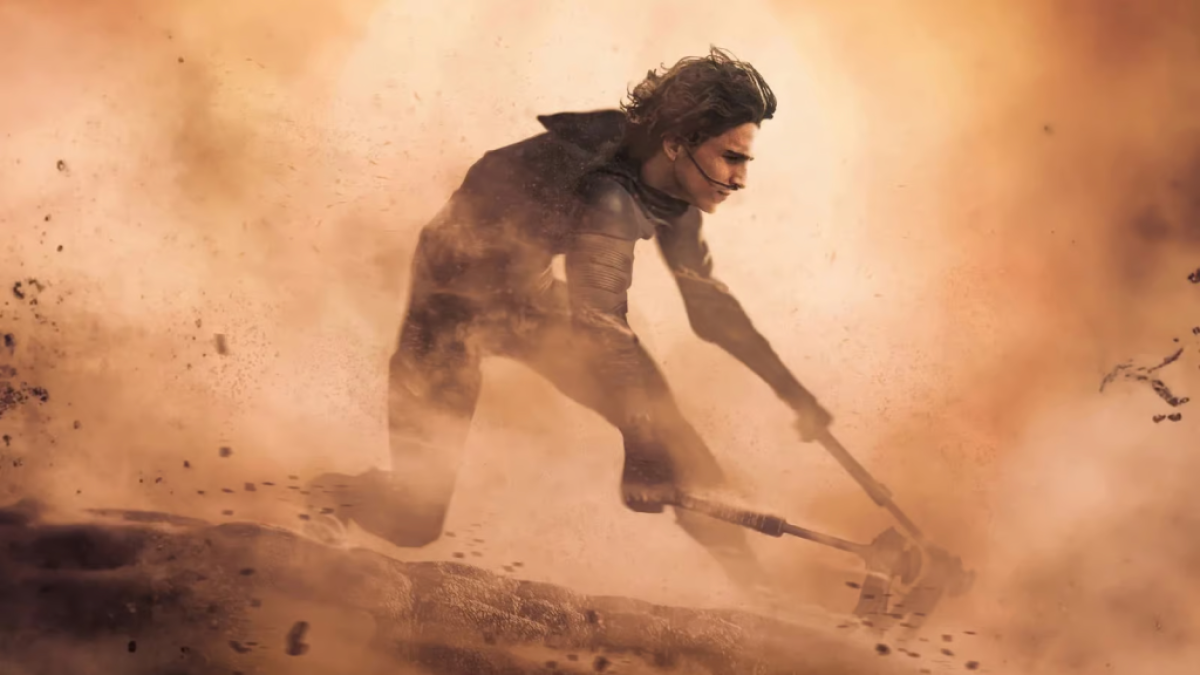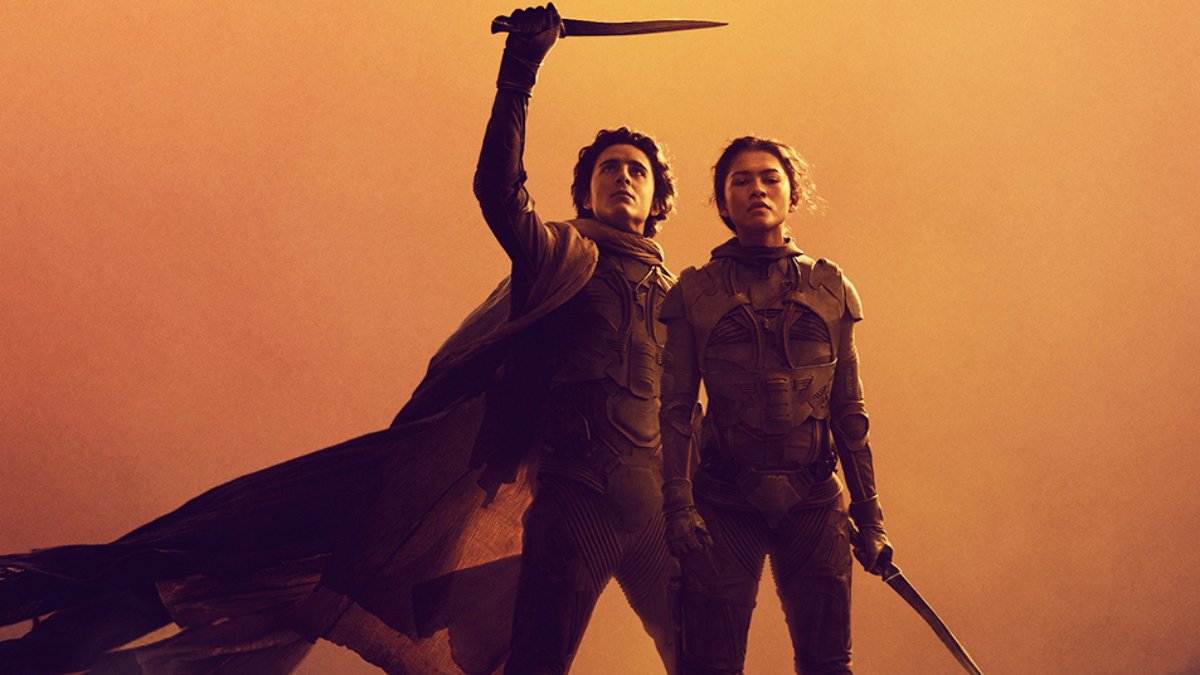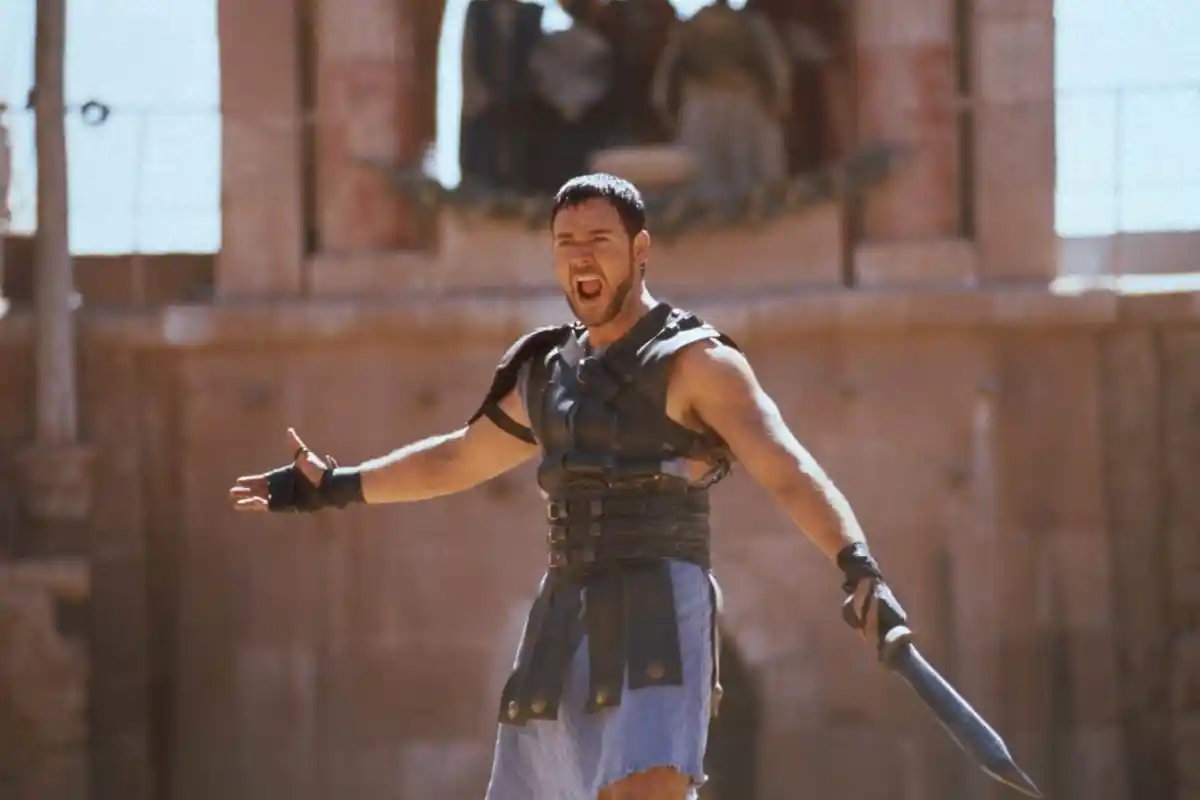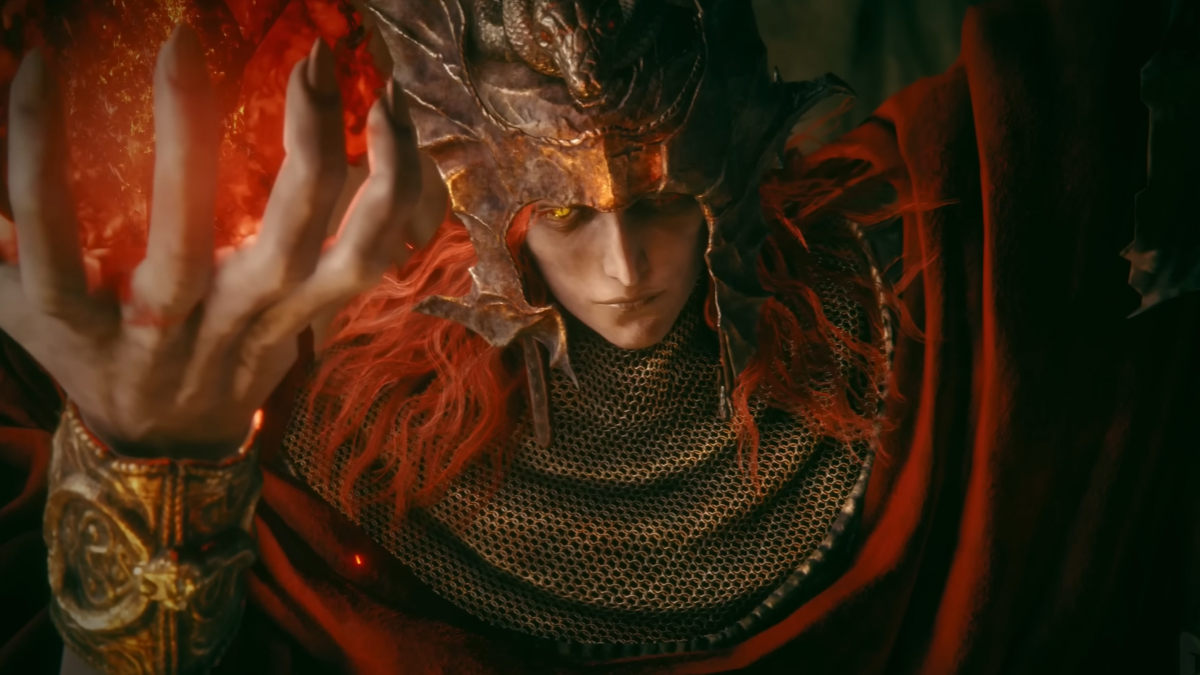Warning: The following article about Dune: Part Two contains spoilers.
Immediately walking out of the theater and calling the sci-fi movie you just watched the next Star Wars is easy. It’s even easier when the film has a powerful ability that can be compared to the Force. However, Dune: Part Two, despite being based on a book that predates George Lucas’ original film by more than a decade, does pick up the baton from the Star Wars prequels.
When Lucas set out to tell the story before the story, expectations were high. The Jedi were at the height of their powers; Anakin Skywalker was preparing to start his journey, and the Sith were just beginning to enact their plan of universal domination. Unfortunately, the prequels came and went without making much of an impact. Sure, they were ambitious, with Lucas trying to blend even more political commentary into a fantastical universe where frog-like creatures can defeat a massive robot army by tripping over their own feet, but they bit off far more than they could chew. And nowhere is that more evident than in the Clone Wars and the intrigue surrounding the conflict.
The Clone Wars was of great interest because it was one of the major breadcrumbs Lucas left in A New Hope, with Obi-Wan alluding to a massive conflict he and the rest of the Jedi were part of. Giant battles were nowhere to be found in The Phantom Menace, but Lucas was setting the stage for them between the blockades and senate hearings. Then, it was time for Attack of the Clones, which had to provide the epic action sequences The Phantom Menace lacked. However, when countless CGI Clones appeared and fought alongside a bunch of Jedi they’d never met, it was hard to find any real emotion in the story. While Revenge of the Sith tried to play catch-up, the damage was already done, and the epic trilogy that was looking to rival the original never came together.
Now, 2021’s Dune adaptation does not have the same issues as The Phantom Menace. It actually does a superb job of making intergalactic trade and the control of resources interesting. Like The Phantom Menace, though, Dune sets the stage for a massive conflict, with the Harkonnen laying waste to the Atreides during a surprise attack. The Harkonnen and Emporer Shaddam even operate a bit like the Sith and Trade Federation, pulling the strings behind the scenes to ensure certain parties gain power. However, despite all that, Dune: Part Two makes it clear from the start that it doesn’t want to be mentioned in the same breath as Attack of the Clones.
Related: Dune 2: Who Are the Bene Gesserit, Explained

Dune: Part Two finds Paul Atreides living with the Fremen, who take him in after the destruction of his House. He quickly learns their ways and gains respect from even the most skeptical. What starts to become an issue is the fact that a large portion of the Fremen believe Paul to be their messiah, Lisal al Gaib, who will deliver them to paradise. Initially, Paul doesn’t believe the stories, but in order to get revenge and take back Arrakis, he’s willing to play the part. The power goes to his head, though, and even after taking down the Harkonnen, he decides to wage war on the entire galaxy, believing the other Houses should bend the knee.
Paul isn’t using faceless Clones as his army, however. The “holy war,” as Paul’s mother, Lady Jessica, describes it, will be waged by the Fremen that Paul befriended. In fact, one of the final shots of Dune: Part Two is Javier Bardem’s Stilgar preparing to board a ship and leave his home behind moments after liberating it from its oppressors. It leaves a complicated taste in one’s mouth, forcing viewers to wonder whether they backed the right horse. That is in stark contrast to the ending of Attack of the Clones, where Yoda similarly declares a war kicking off, only for the movie to pan to a CGI army with very little to say.
The Clone Army got its time in the sun in Star Wars: The Clone Wars, but that was years after the prequels, and showing off the best parts of the massive conflict on Cartoon Network probably wasn’t what Lucas and Co. had in mind when they started to map out the prequels. Denis Villeneuve, the mind behind the current adaptation of Dune, won’t have to use the upcoming series Dune: Prophecy to make his movies better – he’s taken care of that all on his own by developing a story on the big screen full of emotion and real stakes.
Dune: Part Two is in theaters now.






Published: Mar 3, 2024 07:54 pm